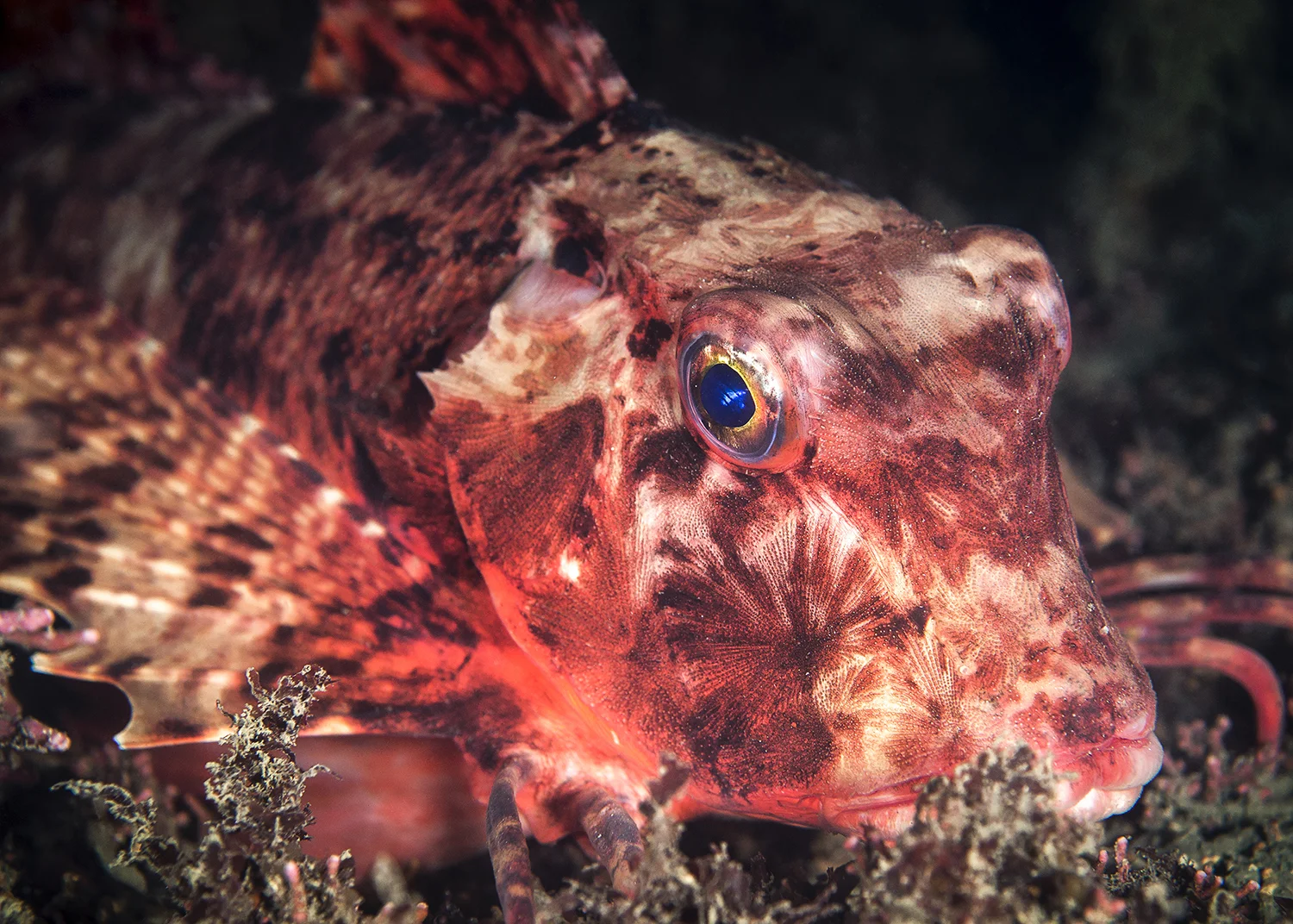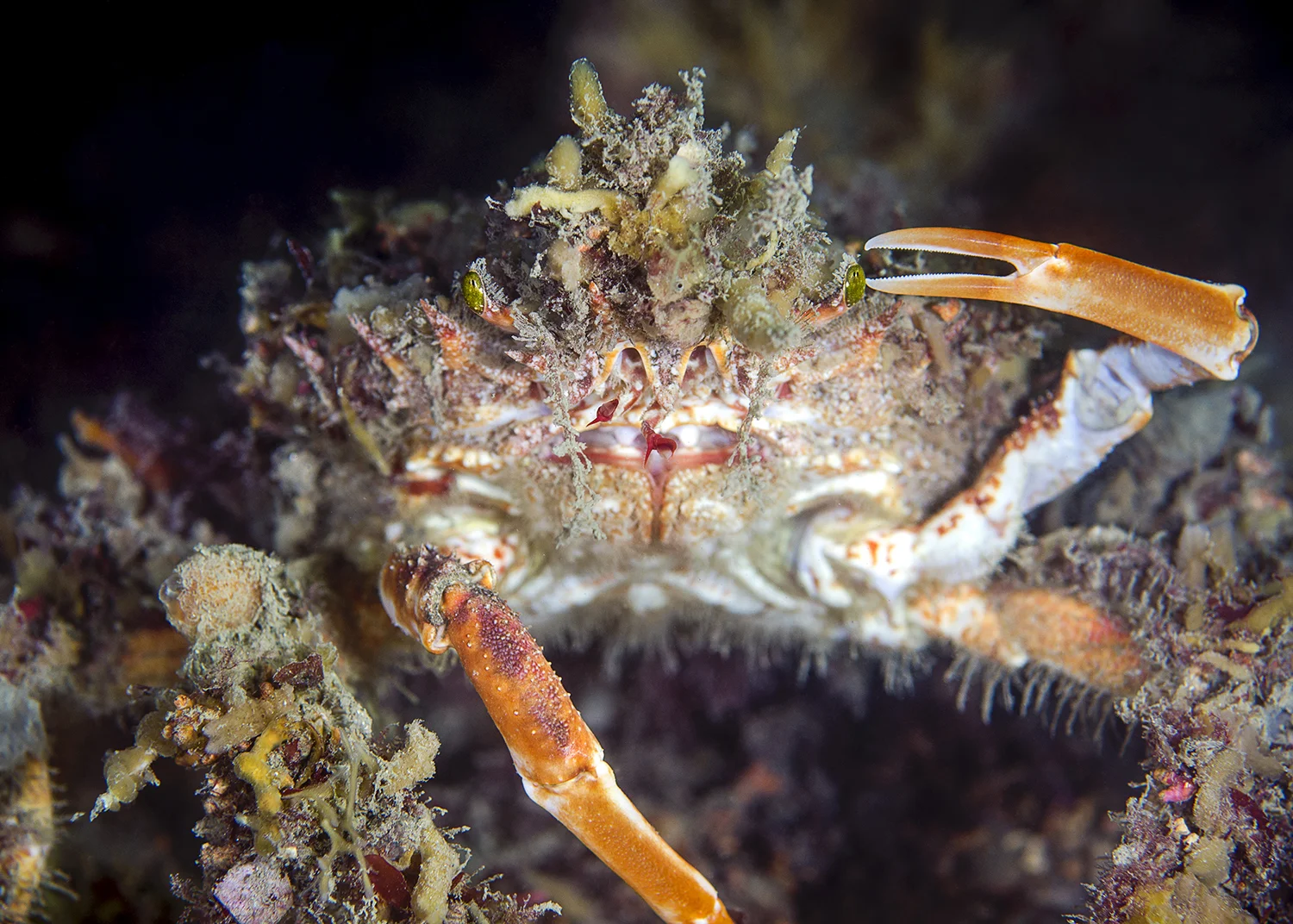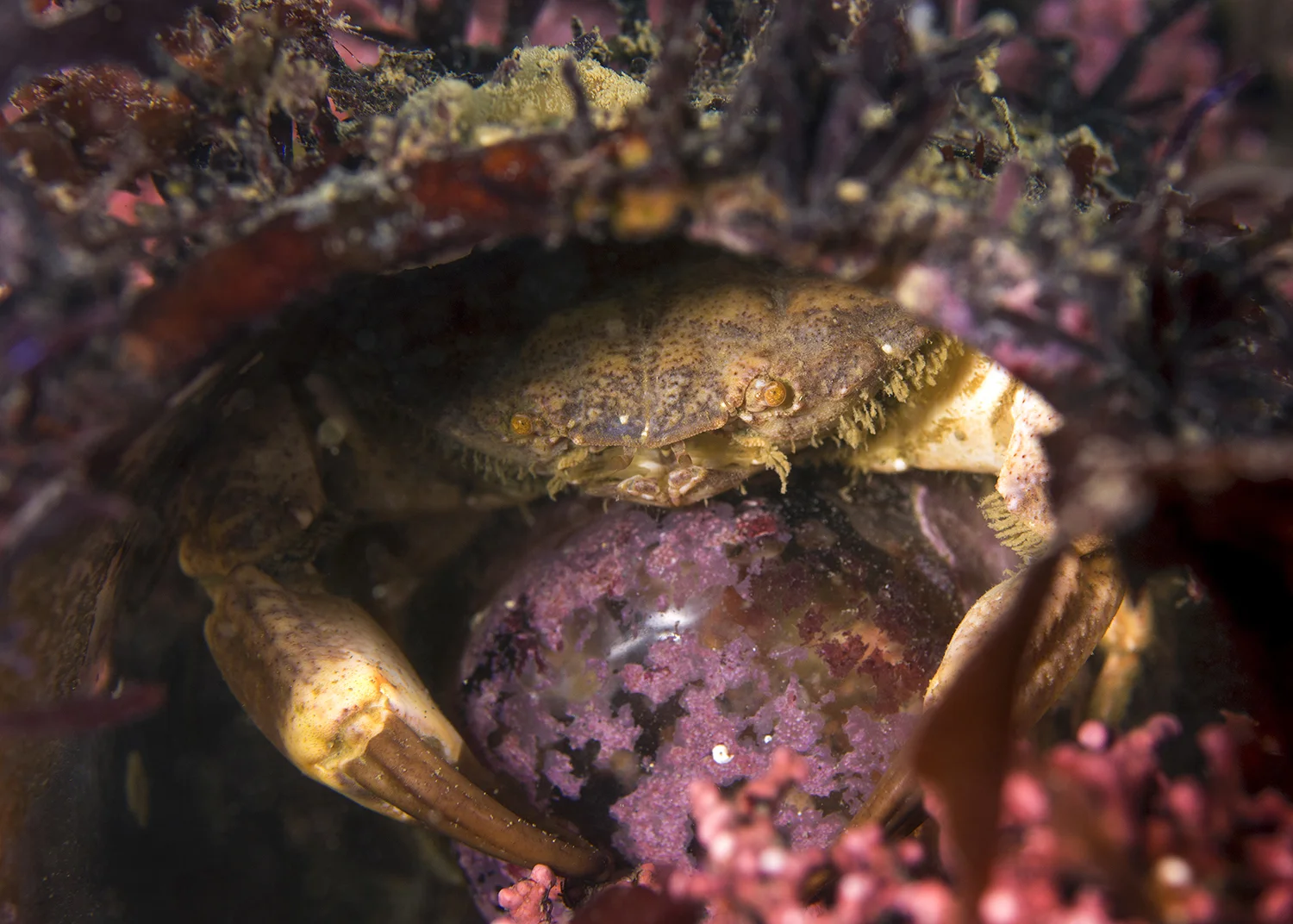The Maerl beds in Falmouth
Maerl is a collective name for Coralline red algae, or seaweed. There are several different, but very similar species, like Lithothamnion corallioides and Phymatolithon calcareum, both of which can be found in Falmouth. In Europe, maerl can be found from Norway and down to Spain, around the British Isles, the western Baltic and in the Mediterranean. Maerl usually forms large beds in areas with extensive water movement, like tidal and wave action, and the maerl beds in the Fal Estuary outside of Falmouth are the largest in south-west Britain.
In the last 10 years there has been an ongoing debate on whether to dredge the Fal Estuary or not. A&P, owners of Falmouth Docks, arguments that the dredging needs to happen, to make the harbour deeper and allow for bigger cruise ships to come in to Falmouth. They say it’s important for the future of Falmouth, because it will create a lot more jobs and way more tourists will come and spend their money in Falmouth. On the other side of the debate there are conservationists and environmental organisations who are arguing how important the maerl beds are, as an ecosystem and a habitat for several species. By dredging the Fal Estuary this ecosystem is in danger of being destroyed along with the home of all the species living there.
With this series of images, I wanted to document and show many of the different species that live on the maerl beds and that would be in danger if the dredging happens. It is such an important habitat, with loads of species using it as nursing grounds, and all of this could be lost if the harbour is dredged. Maerl is amongst the slowest-growing species in the North Atlantic so that any damage to the maerl beds may take decades to repair.














